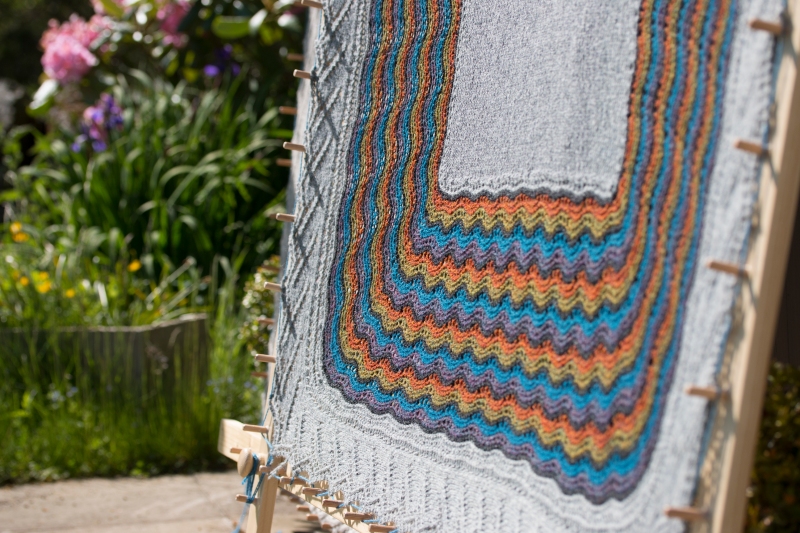couched X’s and embroidered barnacles
Read More

couched X’s and embroidered barnacles
Read More
a simple set of home-made blockers, for all your stocking blocking needs
Read More
Inside and outside the red box A Bold Beginner Knits tutorial for the Footfall shawl Many hand-knit designs – for everything from lace shawls, to Fairisle hats and cabled pullovers – use charted pattern repeats – which often appear within a red box. The red box is, I think, one simple reason why some beginner…
Read More
A Bold Beginner Knits Tutorial Shawls can be constructed in many different ways, using many different shapes – triangles, rectangles, combinations of triangles and rectangles and other geometric shapes. Footfall is a triangular shawl with a top-down construction which begins by casting on a few stitches and ends by binding off many. This shape is…
Read More
Quite a few knitters seem to be about to finish their Carbeths (yes, it is a quick knit!) , and I wanted to say a quick work about blocking this sweater. This garment requires wet blocking (soak for 20-30 minutes, press dry between towels) and should be blocked flat, as shown in the diagram above.…
Read More
As you know, I photographed my Moder Dy design on a beautiful vintage hap stretcher that I borrowed from my friend Anne Eunson. In Shetland, such stretchers have been used for well over a century to block haps and shawls ready for sale, as well as for their knitters’ own domestic use. (washing and dressing…
Read More(Helen Stout, knitting in the round, Busta, 1950. Courtesy Shetland Museum and Archives). I have recently received a number of messages prefaced with this very question, and I thought that this rather basic introductory essay I wrote about knitting in the round, and steeking, might form a useful addition to my series of posts and…
Read MoreI have recently been designing and knitting a thing with steeks, which required finishing. This project is part of an exciting collaboration, and I’ll be able to tell you (and show you) more about it in a couple of weeks. When working on the steeks, it occurred to me how many different ways there are…
Read MoreHere is a tutorial to make the covered buttons, used in designs such as my Richard the Roundhead Tam, and Scatness Tunic. (These instructions can also be found in my book Colours of Shetland.) You will need: a plain button with a 1 in / 2.5cm diameter; thin cardboard (eg cereal box), sharp scissors, sharp…
Read MoreAnatolia by Marie Wallin So, have you seen Rowan Magazine 54 yet? I finally got my hands on a copy yesterday and there are some wonderful designs in there. My two favourites are probably Anatolia by Marie Wallin – a beautifully luscious yoked sweater knit up in rich shades of Felted Tweed – and Sarah…
Read MoreToday I’m very excited to announce the release of the digital edition of Colours of Shetland! This means that those of you who wished to purchase a digital-only copy can now do so here, and that all of you who have already purchased the print edition can now use the ‘unique download code‘ in your…
Read MoreWhy do you weave in your ends away from the steek centre? This is just a personal thing: I know that many knitters recommend just leaving the ends in the middle of the steek (as everything will be trimmed later), but I personally don’t like to do this. I want the back of the work…
Read More